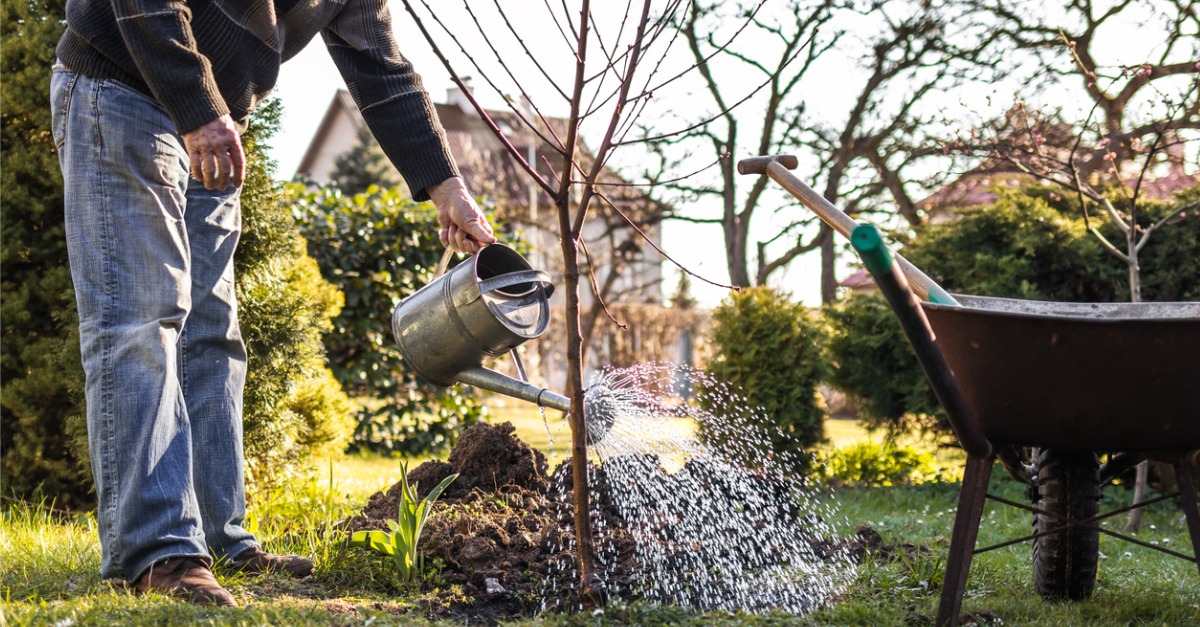What To Do if Your Tree Is Dying
A dying tree is a disheartening sight. But it’s more than just an eyesore: left unaddressed, a damaged tree becomes a risk to life and property. With quick intervention, however, you may be able to salvage it — here’s how.
What to Look for in a Dying Tree
Many signs of a dying tree are obvious, like a significant lean, advanced rot, little to no leaf growth, and large cracks. Yet, some can go overlooked. For one, a collection of mushrooms on or around your tree could indicate rot, as the fungi thrive on decaying bark and roots. Damage to the bottom of the trunk (from lawnmowers, for instance) can also lead to structural damage and instability.
Other, more subtle indicators of a dying tree can be found by looking up. A thinning canopy usually means at least some branches are decayed. Premature leaf shedding, yellow or browning foliage, and undersized leaves are also concerning. Or, you might notice some branches with no leaves at all. Known as dieback, this can indicate internal decay, which stops nutrients from reaching the furthest branches.
Sometimes, tree damage results from a temporary problem, such as drought, disease, or pests. By acting quickly, you may be able to stop the tree from dying off entirely.
How to Stop a Tree from Dying Completely
Remove Dead Limbs
First and foremost, have any dead limbs removed. Not only are they at risk of falling, but they’re taking away resources like sunlight and moisture from surviving branches. Our arborists can remove dead branches in a snap to keep the rest of your tree growing healthily.
Prune
Issues like a thinning canopy and premature leaf loss could be a symptom of something as simple as having a poorly shaped tree. Pruning is a precise science that controls growth, can stop the spread of diseases, and builds a strong foundation for your tree’s structure. In some situations, tree preservation is possible through plant healthcare injections as well. Our trained crew provides plant healthcare services and takes the guesswork out of pruning by handling the process according to industry-leading standards.
How to Keep Your Trees Healthy
The best approach to take when it comes to tree health is a preventive one. Here’s how to stop trees from dying in the first place.
Keep Them Cool
Leaf discoloration and wilting are signs of heat stress, which occurs when trees can’t replenish water as fast as they lose it. Most mature trees can survive periods of drought and high temperatures, but you’ll want to keep vulnerable new trees cool by planting them in shady spots and watering them more when it’s 90 degrees or hotter.
Give Them the Space to Thrive
Trees planted near obstructions can’t reach their fullest potential. Ideally, you’ll give each tree a wide enough radius so its roots and canopy can spread out. Plan your tree placement strategically when selecting new species.
Mulch
A freshly mulched yard looks sharp and benefits your trees. When placed atop the roots, mulch can lock in moisture, regulate temperature, and deter weeds. Aim for a 3- to 10-foot radius around the trunk (depending on the tree’s size), and a depth of 2 to 4 inches.
Select Native Species
While it’s certainly possible for other species to survive the climate of your community, native trees have the best odds of flourishing. These varieties are used to local conditions, including soil composition and weather patterns. We’re fortunate to have a huge variety of tree species native to Georgia!
Call in Professional Help
To the untrained eye, it’s not always easy to tell what a tree needs to survive. Luckily, our tree experts can pinpoint the best tree-atment to stop disease or decay. For prompt assistance, call us at 404-252-6448 or book an appointment online.







